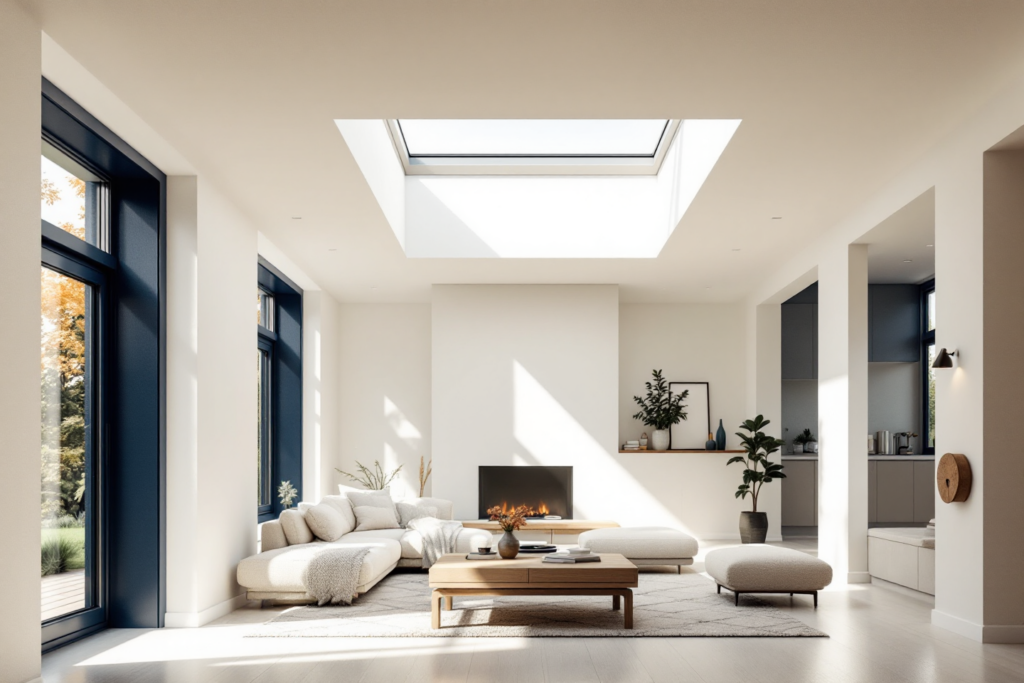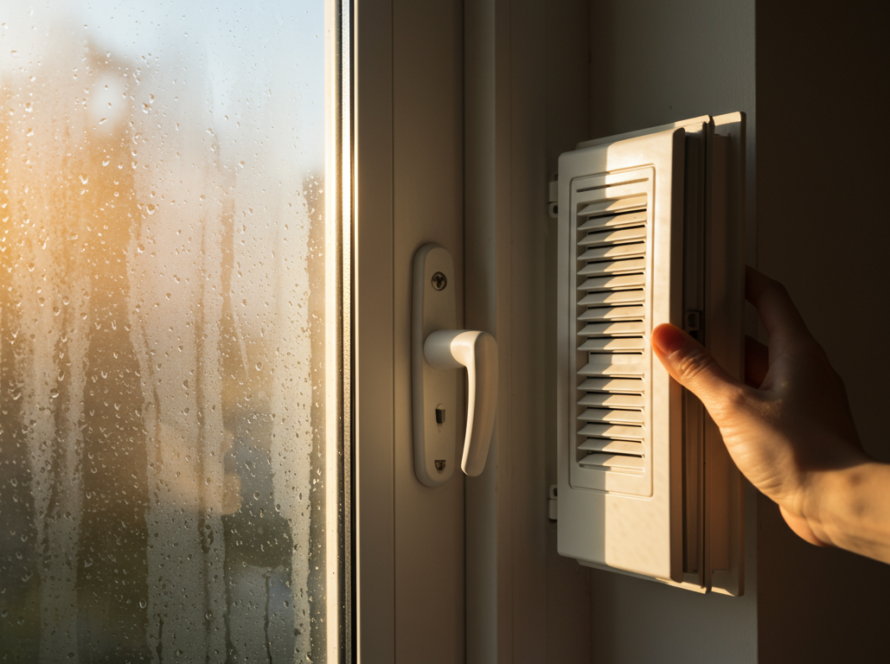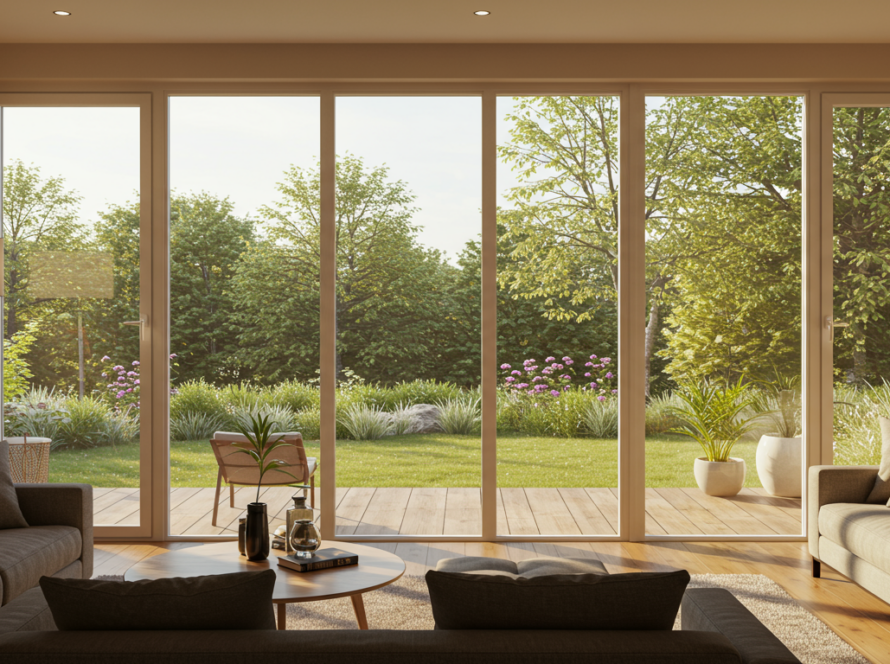Natural light is a game changer. It not only uplifts your mood but also makes your space look bigger, warmer, and more inviting. If you’ve ever walked into a room and felt instantly happier just because of the sunlight streaming in, imagine that feeling every day—thanks to a well-placed skylight.
Skylight installation is one of the most underrated upgrades homeowners can make. It brings in natural light, reduces your reliance on artificial lighting, and increases your home’s resale value. Plus, it doesn’t hurt that they look downright stunning. Whether you’re remodeling or building new, a skylight could be the final touch that transforms your space from basic to breathtaking.
TLDR – Quick Guide
- What is it? Installing a skylight means adding a window on your roof to let natural light in.
- Why do it? For brighter rooms, lower energy bills, and a home value boost.
- Who’s it for? Homeowners wanting more light, better ventilation, or a stylish upgrade.
- Costs? Ranges from $1,000–$2,500+ depending on size, type, and complexity.
- Worth it? Absolutely—both aesthetically and financially.
Implementation Tactics
1. Types of Skylights
Not all skylights are created equal. Here are the most common types to consider:
- Fixed Skylights: These don’t open but are perfect for brightening up darker spaces like hallways or bathrooms.
- Ventilated Skylights: Can be opened to let in fresh air—ideal for kitchens or humid areas.
- Tubular Skylights: Great for smaller spaces; they funnel light through reflective tubes from the roof to your ceiling.
Each type has different costs and benefits, so factor in your home’s structure and your goals for the room.
2. Choosing the Right Location
Placement is everything. South-facing skylights provide consistent light, while north-facing ones offer cooler, diffused brightness. East-facing skylights bring in morning sunshine, and west-facing ones soak your room in afternoon light. Think about how and when you want the light to hit the space.
3. Energy Efficiency Considerations
Skylights can either save or cost you money depending on how they’re installed. To stay energy efficient:
- Choose double- or triple-glazed glass.
- Look for Low-E coatings that reduce UV and infrared light without compromising brightness.
- Use shading options or blinds to control heat during summer months.
Energy Star-certified skylights can reduce heat gain and loss by up to 40%, according to the U.S. Department of Energy.
4. Skylight Installation Process
The actual install process involves:
- Framing the opening in your roof.
- Installing the skylight with flashing to prevent leaks.
- Adding insulation and drywall around the interior opening.
- Finishing touches, like painting or sealing.
This job should always be handled by a professional to ensure waterproofing and structural integrity.
5. Return on Investment
According to Remodeling Magazine’s Cost vs. Value Report, homeowners can recoup up to 65% of the cost of skylight installation upon resale. But the real ROI goes beyond the number—natural light improves mental well-being, reduces electricity bills, and makes spaces feel luxurious.
Key Takeaways
- Skylight installation is a powerful home upgrade that improves lighting, ventilation, and resale value.
- There are multiple types of skylights to fit your needs—from fixed to ventilated and tubular.
- Proper placement and energy-efficient materials are crucial for maximizing benefits.
- Always hire professionals to ensure leak-free, code-compliant installation.
- Expect a solid ROI, especially if you plan to sell your home within a few years.
FAQs
1. Is skylight installation worth the investment?
Yes! It enhances aesthetics, cuts down on lighting costs, and boosts property value—especially in darker homes.
2. How long does a skylight last?
Quality skylights can last 20 to 30 years with proper installation and maintenance. Regular checks help prevent leaks and extend lifespan.
3. Will a skylight make my home hotter?
It depends. South or west-facing skylights can increase heat, but Low-E glass and built-in blinds can regulate temperature effectively.
4. Can I install a skylight myself?
Technically, yes—but it’s risky. Improper installation can lead to leaks and structural damage. Hiring a pro is the safer (and often cheaper) route in the long run.
5. Do skylights leak?
Only if installed incorrectly. Modern skylights with proper flashing and seals are designed to be leak-resistant. Regular inspections help keep them watertight.



